Waitomo Glowworm Caves
The Waitomo Glowworm Caves attraction is a cave at Waitomo on the North Island of New Zealand. It is known for its population of Arachnocampa luminosa, a glowworm species found exclusively in New Zealand. This cave is part of the waitomo streamway system that includes the Ruakuri Cave, Lucky Strike, and Tumutumu Cave.
The attraction has a modern visitor centre at the entrance, largely designed in wood. There are organized tours that include a boat ride under the glowworms.
The name "Waitomo" comes from the Māori words wai, water and tomo, hole or shaft. The local Māori people had known about the caves for about a century before a local Māori, originally from Kawhia, Tane Tinorau, and English surveyors, Laurence Cussen and Fred Mace, were shown the entrance in 1884 and Tane and Fred did extensive explorations in 1887 and 1888.[1] Their exploration was conducted with candlelight on a raft going into the cave where the stream goes underground (now the cave's tourist exit.) As they began their journey, they came across the Glowworm Grotto and were amazed by the twinkling glow coming from the ceiling. As they travelled further into the cave by poling themselves towards an embankment, they were also astounded by the limestone formations. These formations surrounded them in all shapes and sizes.
They returned many times after and Chief Tane independently discovered the upper level entrance to the cave, which is now the current entrance. Visitor access improved when the railway was extended to Ōtorohanga in 1887.[2] By 1889 Tane Tinorau and his wife Huti had opened the cave to visitors and were leading groups for a small fee. Thomas Humphries, (Commissioner of Crown Lands and Chief Surveyor of Auckland 1889 – 1891)[3] did a full study later the same year, noting graffiti had already been inscribed on the ‘most delicate portions’ of the cave, though noting "The natives are now taking great care of the caves", but recommending that government take over the cave to provide more visitor facilities. About 500 tourists visited the cave in the first two years. After years of attempts to buy the caves, the government used the Scenery Preservation Act 1903 and the Public Works Act 1905 to take them over for £625.[1] In 1906, after an escalation in vandalism,[citation needed] the administration of the cave was taken over by the government. In 1910 the Waitomo Caves Hotel was built to house the many visitors.
Tourist Hotel Corporation, a state-owned business, took over in 1957. The hotel was sold to Southern Pacific Hotels Corporation in 1990 and, in 1994, they agreed a licence for the caves with DOC and the Māori owners, selling it to Tourism Holdings Limited in 1996.[1]
In 1989, the land and cave were returned to the descendants of Chief Tane Tinorau and Huti who comprise many of the employees of the caves today.[4][failed verification] The descendants receive a percentage of the cave’s revenue and are involved in its management and development under the 1990 Waitomo Deed of Settlement.[1]
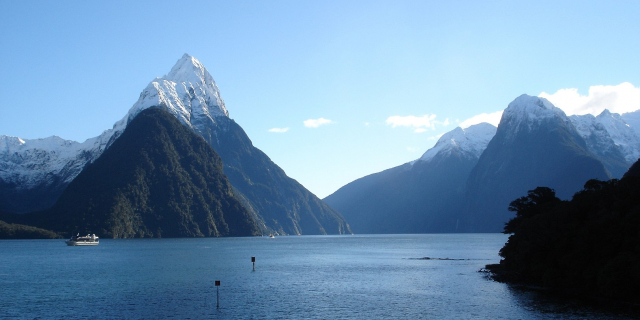





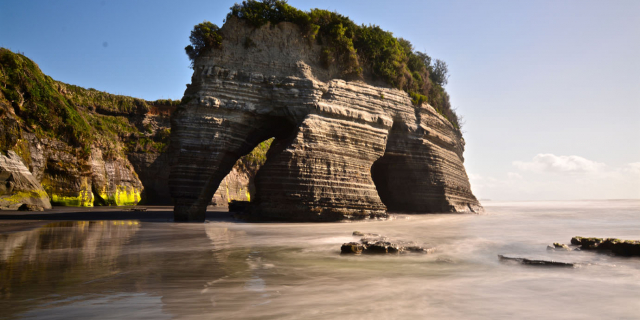

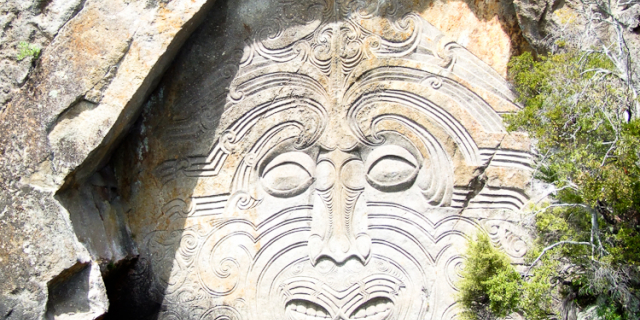



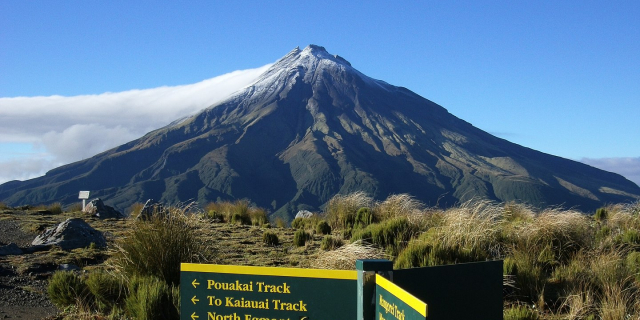


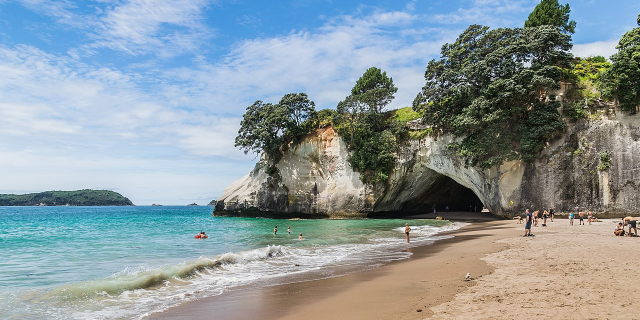






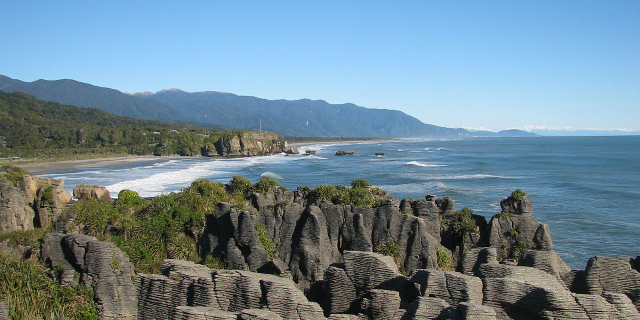
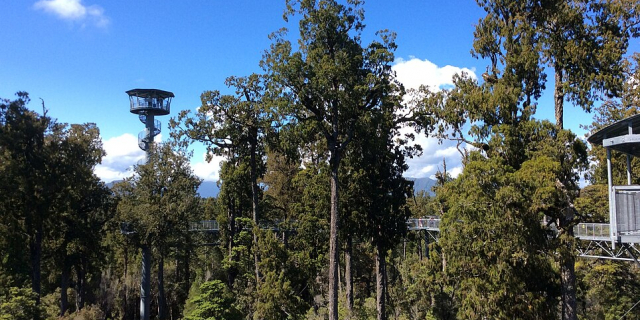


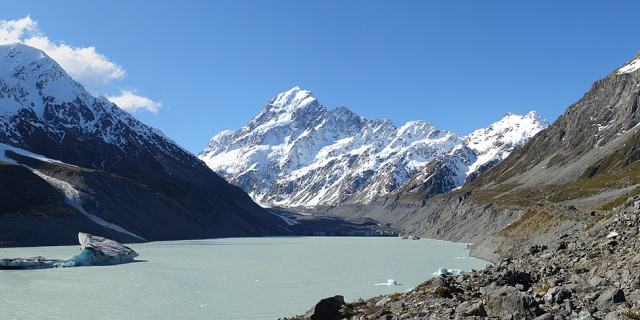
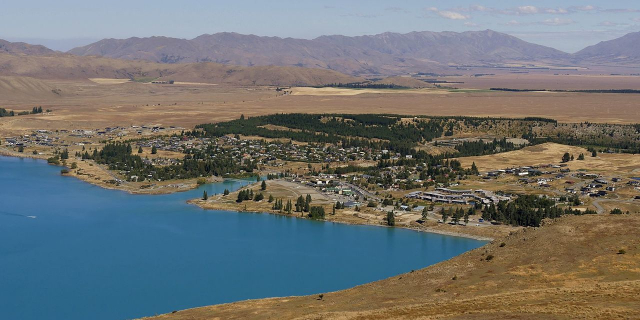

Add new comment